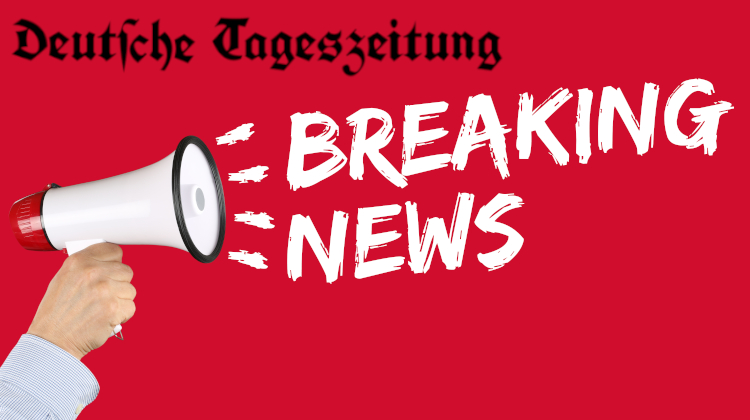
Macron inspects 'sublime' Notre Dame after reconstruction

France offered the world a first look inside the restored Notre Dame cathedral on Friday, when President Emmanuel Macron inspected the medieval landmark, five years after the fire that ravaged its interior and toppled its spire.
Eight days ahead of the December 7 reopening of the cathedral, Macron conducted an inspection, broadcast live on television, which provided the first official insight into how the 850-year-old edifice now looks inside.
"Sublime," said a visibly pleased Macron, who was accompanied by Paris' archbishop Laurent Ulrich, the culture minister, the mayor of Paris and other officials.
"It is much more welcoming," he added, praising Notre Dame's pale-coloured stones and saying everyone involved in the reconstruction should "be proud".
Accompanied by his wife Brigitte, Macron toured the key areas of the cathedral, including the nave, choir and chapel, and spoke to experts.
Notre Dame will welcome visitors and worshippers again over the December 7-8 weekend, after a sometimes challenging restoration to return the imposing Paris cathedral to its former glory after it was badly damaged by fire on April 19, 2019.
Macron at the time set the ambitious goal to rebuild the masterpiece of Gothic architecture within five years and make it "even more beautiful" than before, a target that the French authorities say has been met.
The "building site of the century" was a "challenge that many considered insane", Macron said on the eve of his visit on Friday.
The French president is hoping the re-opening of Notre Dame will be a major feather in his cap amid the current political deadlock following early parliamentary elections this summer.
World leaders are expected to attend but the guest list has yet to be unveiled.
- Costly restoration -
Some 250 companies and hundreds of experts were brought it for restoration work costing hundreds of millions of euros.
All 2,000 people who contributed to the effort have been invited to Friday's event, of whom at least 1,300 are expected to attend.
"This final site visit is an opportunity to thank them in particular -- from wood craftsmen to those of metal and stone, from scaffolders to roofers, from bell makers to art restorers, from gilders to masons and sculptors, from carpenters to organ builders, from architects, archaeologists, engineers and planners to logistical and administrative functions," Macron said.
The restoration cost a total of nearly 700 million euros (more than $750 million at today's rate).
It was financed from the 846 million euros in donations that poured in from 150 countries in an unprecedented surge of solidarity.
The 19th-century gothic spire has now been resurrected with an exact copy of the original, the stained windows have regained their colour, the walls shining after fire stains cleaned and a restored organ ready to thunder out again.
Unseen to visitors is a new mechanism to protect against any future fires, a discreet system of pipes ready to release millions of water droplets in case of a new disaster.
Notre Dame, which welcomed 12 million visitors in 2017, expects to receive an even higher figure of 14 to 15 million after the reopening, according to the church authorities.
French ministers have also floated the idea of charging tourists an entrance fee to the site but the Paris diocese has said free admission was an important principle to maintain.
- Reopening ceremony -
Macron had hoped to speak inside Notre Dame to mark the reopening but after negotiations with the diocese, he was now set to speak in the forecourt only.
France is by its constitution a secular country with a strict division between church and state.
The next day, Sunday December 8, will see the first mass and consecration of the new altar.
Macron said in December 2023 he had invited Pope Francis to the reopening of the cathedral but the head of the Catholic church announced in September, to the surprise of some observers, that he would not be coming.
Instead, the pontiff is making a landmark visit during the subsequent weekend to the French island of Corsica.
The French Catholic church has in recent years been rocked by a succession of sexual abuse allegations against clerics, including most recently the monk known as Abbe Pierre who became a household name for providing aid to the destitute.
Over five years on, the investigation into what caused the fire is ongoing, with initial findings backing an accidental cause such as a short circuit, a welder's torch or a cigarette.
(M.Dorokhin--DTZ)
